Seiryu Japanese Maple
$69.50 Original price was: $69.50.$48.65Current price is: $48.65.
- Free Shipping over $25
- Fast & reliable delivery options
- Enjoy top quality items for less
- Multiple safe payment methods

Japanese maples are renowned for their diversity and great beauty. The most desired among them are those with deeply-divided leaves, often like thin threads. Known as ‘dissectum’, or laceleaf, the trees in this group are all cascading or pendulous small trees, which remain as small to medium-sized mounds even after many years. There is, however, one exception to this rule – the Seiryu Japanese Maple. This tree is unique in being the only ‘dissectum’ Japanese Maple that grows into an upright form – making it very special indeed. So, if you love those delicate, divided leaves, but you need a more upright tree for your garden, then this has to be your choice.
Growing Seiryu Japanese Maple
The Seiryu Japanese Maple grows steadily into a small upright tree, reaching 10 or 15 feet in height. It spreads to between 8 and 12 feet wide, making it an ideal choice for a small space. Most of the larger Japanese Maples grow as wide as they are tall, which can make them hard to fit into smaller gardens. So the Seiryu Japanese Maple is not only beautiful, but useful too, especially if you are planting into a more restricted space.
Appearance and Coloring
The small leaves are up to 2 inches long, and emerge in spring in beautiful shades of light green, each lobe tipped and edged in delicate reddish hues. They are deeply cut into narrow lobes that reach right to the base of the leaf, creating the laceleaf effect. As summer comes, the leaves turn into a cool and calming mid-green. Then in fall there is a dramatic explosion of gold, orange and red, turning finally to burgundy before dropping. This display turns every head that sees it.
In spring you will see tiny purplish-red flowers in clusters among the leaves, and these develop into miniature versions of the well-known maple keys that fall from larger maple trees. In this tree they are small and bright red, adding an attractive touch to the bare branches in winter.
Planting Location
The Seiryu Japanese Maple is fast growing, and easy to grow, unlike some of its more delicate relatives. Choose a sunny or partially shaded location to plant it, and add plenty of organic material to the soil when you prepare the ground. Mulch your tree each spring with rich organic material, to provide nutrition and also to conserve moisture. In hot areas a location that has shade from the afternoon sun during the months of summer is best. It will grow well in any garden soil that is well-drained but not too dry.
History and Origins of the Seiryu Japanese Maple
The Japanese Maple (Acer palmatum) is a native tree of not only Japan, but also Korea and parts of Russia and Mongolia. This small tree grows 20 to 30 feet tall in the partial shade underneath larger forest trees. For centuries, unusual specimens have been collected and cultivated in Japan, and these have come to North America and Europe, so that today hundreds of different forms are available. In spring, red red-leaved forms are very beautiful – but many lose their color over summer and become dark, greenish and uninteresting.
Green-leaved forms, in contrast, have the same delicately beautiful divided leaves, but they stay bright green all season, and look lovely all summer long. They also stand out in the garden and do not disappear into the shade as red forms easily do. ‘Seiryu’ in Japanese means ‘Green Dragon’, which is a good name for this tree in its summer coat of green, but certainly doesn’t describe the soft beauty of this tree in spring or the vibrant display of fall.
Buying Seiryu Japanese Maples at The Tree Center
If you are looking for the delicate beauty of the laceleaf Japanese maples, but you want a taller, rapid-growing tree, then the Seiryu Japanese Maple is the ideal choice. One of the easiest Japanese Maples to grow, this tree fits perfectly into even a small garden. Our suppliers send us only the best plants, and this popular tree sells rapidly, so order now while stocks last.
This special tree cannot be grown from seed, as seedling trees will not have its special features, so avoid cheaper trees that are often just seedlings. Our trees are grown by specialists, who join shoots of the Sieryu maple to roots of seedling trees, to produce exact replicas of the original tree. This skillful work takes time, but the results are always worth it.
Be the first to review “Seiryu Japanese Maple” Cancel reply
Related products
Japanese Maple Trees
Ginkgo Trees
Ginkgo Trees
Birch Trees
Japanese Maple Trees
Birch Trees
Shade Trees
Maple Trees

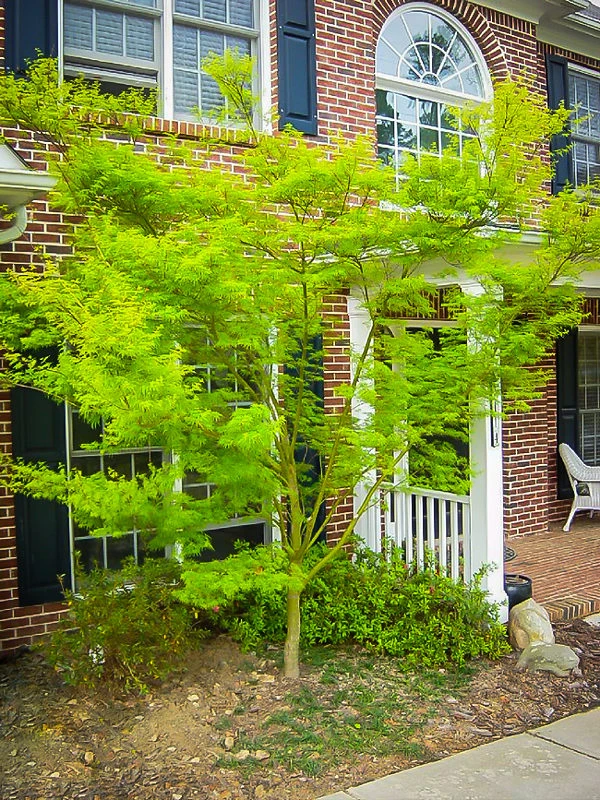
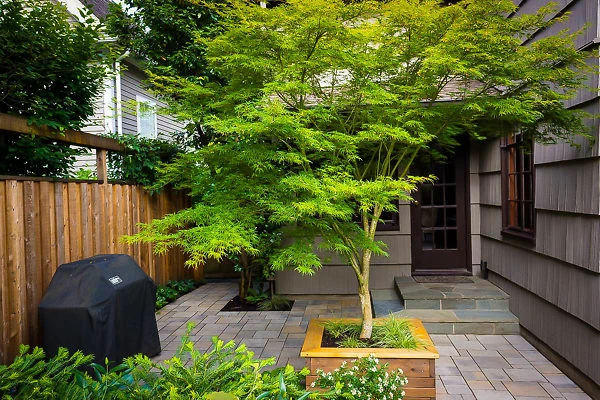
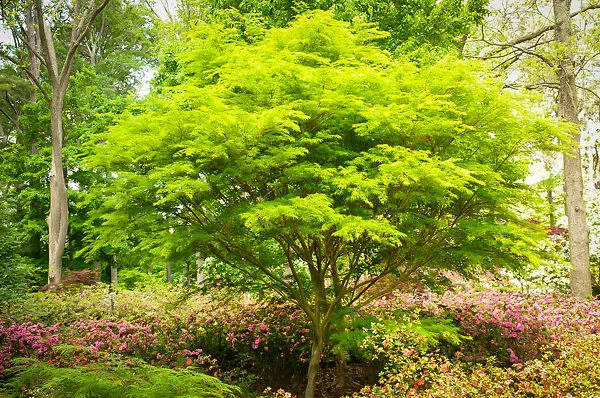
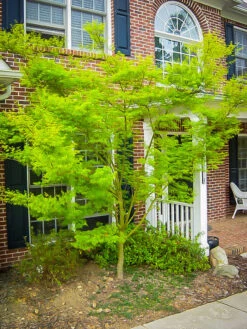
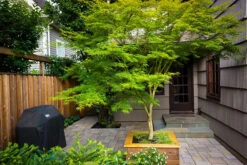
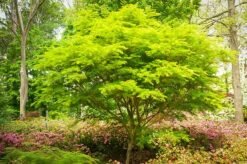


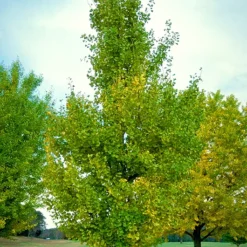


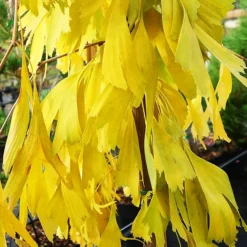


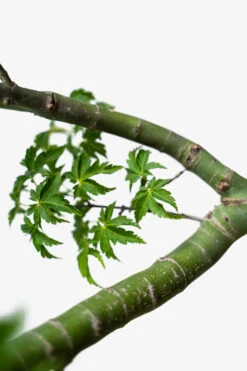
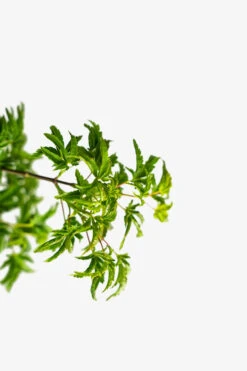

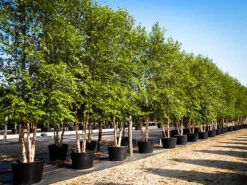


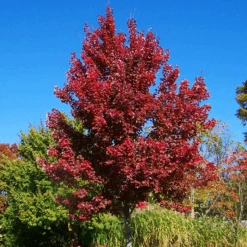
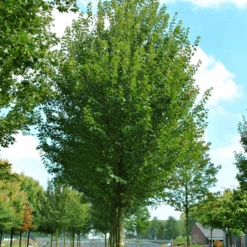
Reviews
There are no reviews yet.